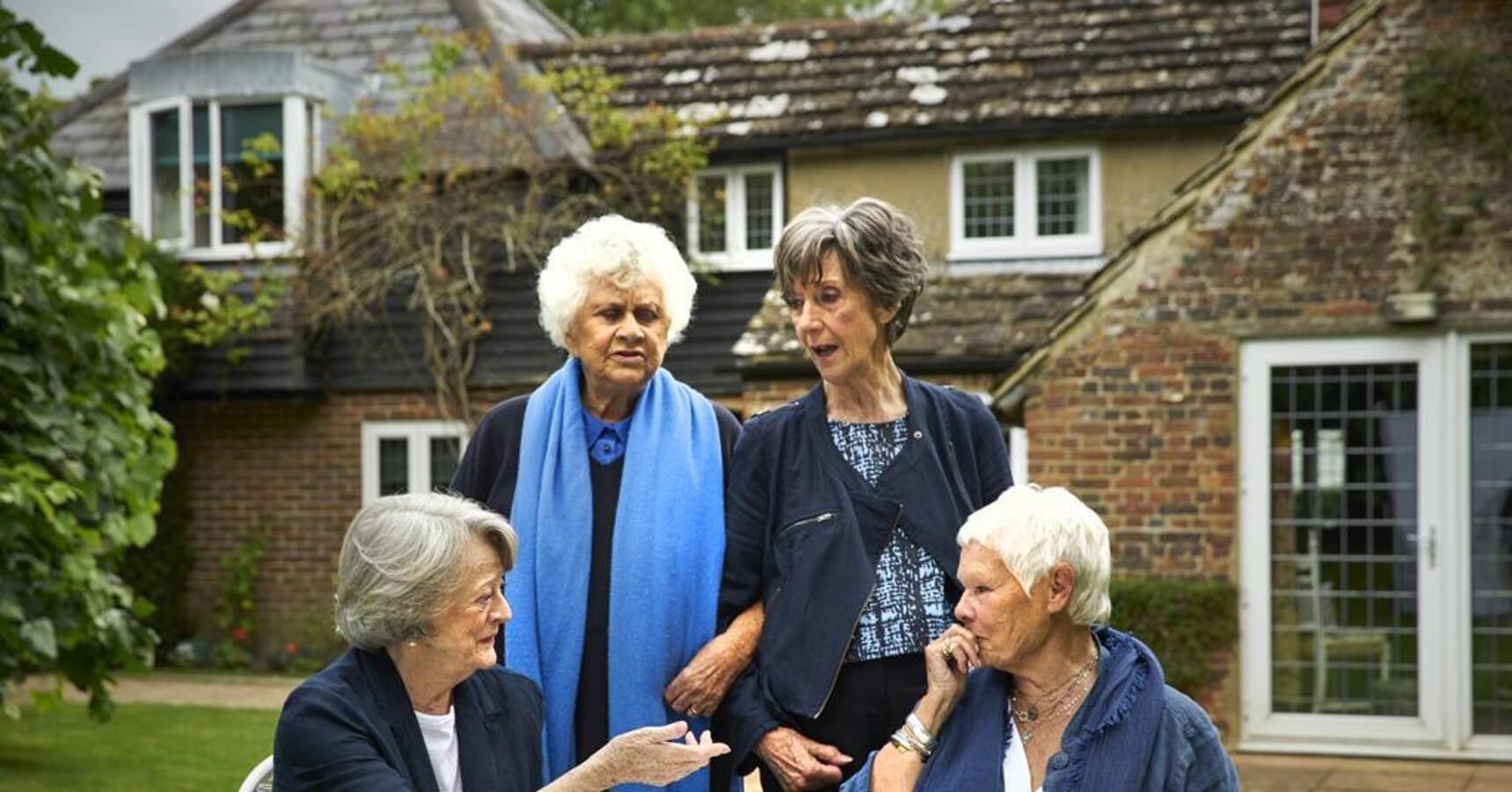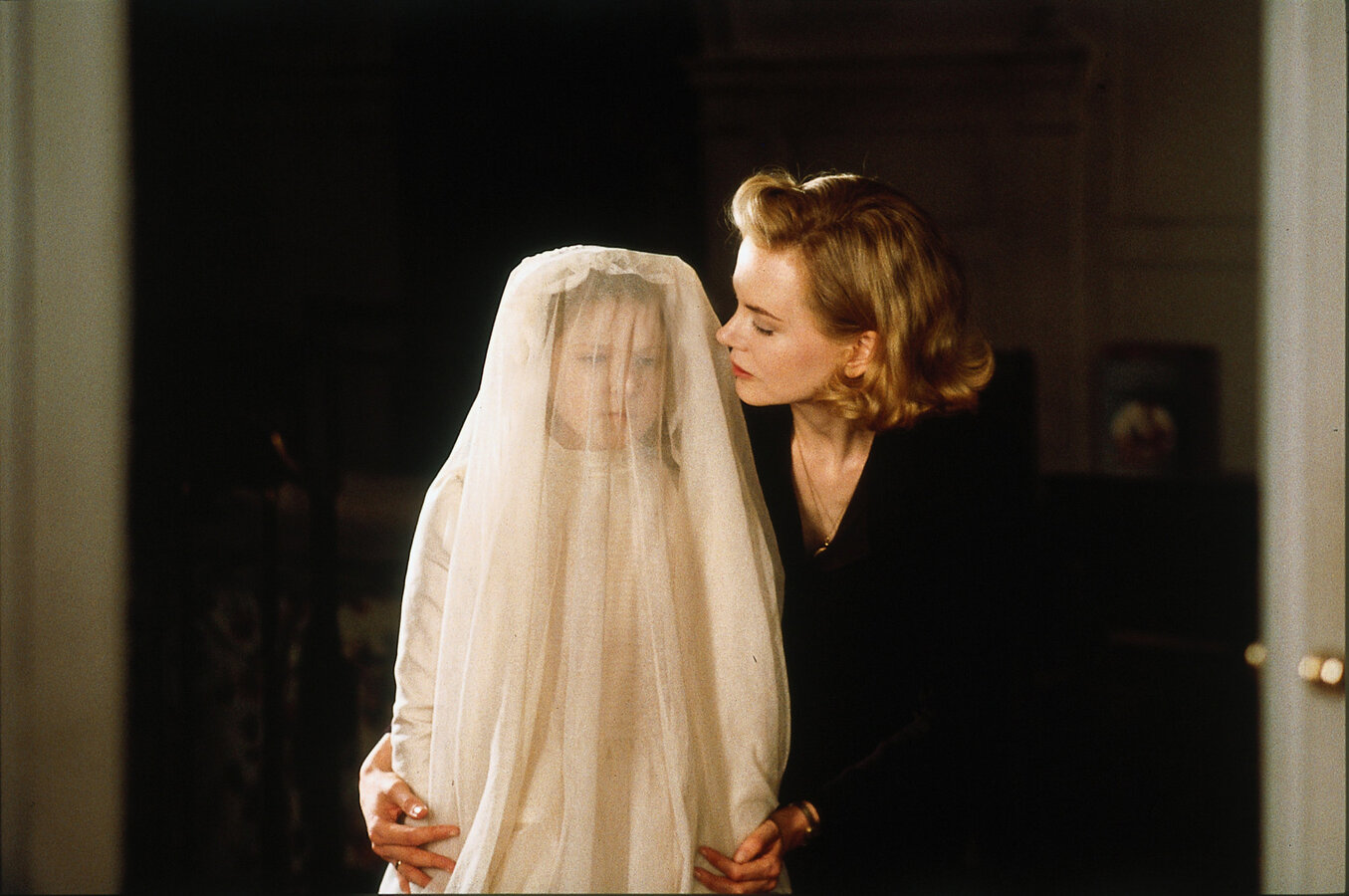Description
The cemetery plot dates to 1904, and its ownership has been transferred to the City of Luxembourg. The monument holds the remains of Joseph Massarette – a pioneer in academic research on Count Pierre-Ernest de Mansfeld.
The plot was acquired by the Massarette-Jungels family in 1904 upon the death of Pierre Jungels (1854–1904) – a bachelor from Useldange who managed agricultural properties (right-hand gravestone). The grave contains the remains of the priest Joseph Massarette, a historian who was born on 1 March 1875 in Esch-sur-Alzette and died on 20 October 1947 (centre gravestone). Joseph Massarette was the second of three children born to Théodore Massarette (1859–1928) and Thérèse Jungels (1836–1913). His sisters, Suzanne and Barbara, were unmarried when they died. Théodore began his professional life as a weaver before entering public service. He was made Knight of the Order of the Oak Crown and is now buried in Notre-Dame Cemetery. Joseph Massarette was an outstanding pupil at the Athénée, winning two excellence awards. In 1894 he entered the seminary, and was ordained as a priest in 1896. He began his career as a curate in Dorscheid in 1898, and then served as editor of Luxemburger Wort from 1899 to 1905. That year, he left for Rome to study at the Pontifical Roman Athenaeum Saint Apollinare. There he earned a doctorate in theology and canon law. He became friends with Ludwig von Pastor, a prominent historian of the 16-volume "Geschichte der Päpste seit dem Ausgang des Mittelalters" (History of the Popes since the End of the Middle Ages). In 1907, Massarette took the reins of the Borgo Santo Spirito monastery in Rome. When he returned to Luxembourg, he became chaplain at the Congregation of Franciscan Sisters on Avenue Gaston Diderich.
He is considered one of Luxembourg's most pre-eminent historians for the biographies he wrote on the old Luxembourg nobility and for his articles on the devastating plague that broke out in the 17th century. He was a member of the history department of the Grand Ducal Institute and a correspondent for the magazine Ons Hémecht. His work appeared in the Luxemburger Wort and Obermosel-Zeitung. He offered astute analyses of Minister of State Paul Eyschen's foreign and peace policies. He was also a correspondent for the German Catholic magazine Allgemeine Rundschau. In 1922, he earned acclaim for his monograph "Die Einigung Italiens Werdegang und Vernichtung der weltlichen Papstherrschaft". His masterpieces, though, were the multi-volume, 600-page "La vie martiale et fastueuse de Pierre Ernest de Mansfeld 1517–1604" (The Martial and Sumptuous Life of Pierre-Ernest de Mansfeld 1517–1604), which was published in Paris in 1931, and the publication of the journal Count Ernst von Mansfeld kept in captivity. In recognition of this work, he earned the most prestigious honours: Knight's Cross of the Order of the Oak Crown, Knight of the Order of Leopold, Knight of the Order of Nassau, Knight of the Order of the Académie française. To this day, his work is a font of information for the City of Luxembourg's redevelopment of the Mansfeld site in Clausen. In his free time, Joseph Massarette devoted himself to landscape and portrait painting.
The monument is made of bush-hammered blue stone. A blue stone frame runs around the burial plot. A copper bar is on the front side. The grave area is enclosed by two blue stone panels. The cross, with a white limestone crucifix and a porcelain Christ under the acronym INRI, stands on a triple base. The centre portion of this base contains limestone plaques with the name of the deceased inscribed on them. No memorial mason or sculptor signed the monument.















